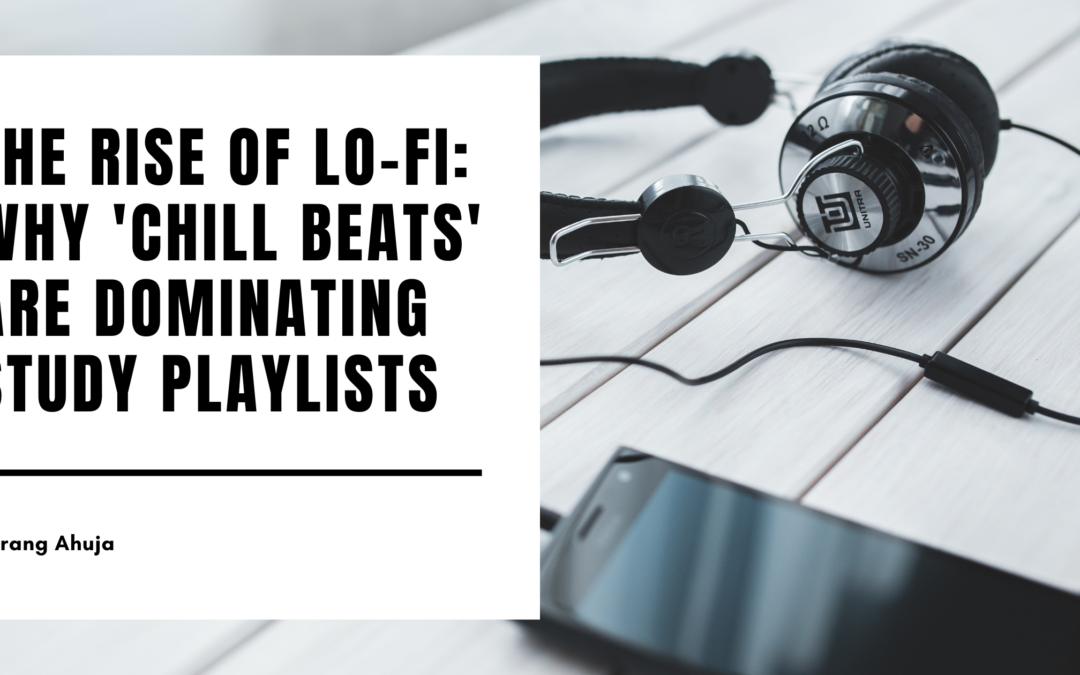In recent years, the lo-fi music genre—short for “low-fidelity”—has taken the world by storm, particularly among students, creatives, and anyone looking to focus or relax. Characterized by its laid-back, often nostalgic sound, lo-fi music has become the go-to choice for study playlists and background music. But why has this seemingly simple genre of “chill beats” captured the attention of so many, and how has it become a global phenomenon?
One reason for lo-fi’s popularity lies in its minimalistic and repetitive nature. Unlike more complex musical styles, lo-fi music features soft beats, mellow instrumentals, and subtle imperfections, such as the crackle of vinyl or background noise. These elements create a calming, non-intrusive atmosphere perfect for activities requiring concentration. The absence of lyrics in most lo-fi tracks means there’s no distraction from vocals, allowing listeners to focus on their tasks without getting pulled into the narrative of a song. This makes it ideal for studying, reading, or working.
The rise of streaming platforms like YouTube and Spotify has also played a key role in popularizing lo-fi music. Channels like “Lofi hip hop radio – beats to relax/study to” have amassed millions of subscribers, providing 24/7 live streams of continuous lo-fi beats. These streams create an endless, easily accessible music source for students and professionals who want to stay focused for hours. The format is convenient, and its constant availability means listeners can tune in whenever they need to create the right ambiance for productivity.
Another factor contributing to lo-fi’s dominance is the emotional connection it fosters. Many lo-fi tracks feature samples from jazz, old-school hip-hop, or even soundbites from television shows, which give the music a nostalgic quality. This combination of modern beats with retro elements creates a comforting, familiar vibe, evoking warmth and calm. For listeners trying to escape the stresses of daily life, lo-fi offers a sense of relaxation and mental clarity that helps to ease tension and promote mindfulness.
Lo-fi music also reflects a broader cultural shift toward slow living and mindfulness. Many people seek ways to slow down, simplify, and focus in a fast-paced, high-pressure world. The calming nature of lo-fi beats aligns perfectly with this trend, offering an auditory escape that helps listeners stay grounded and present.
In conclusion, the rise of lo-fi music can be attributed to its simplicity, accessibility, and emotional resonance. With its laid-back beats and soothing ambiance, lo-fi has become a powerful tool for focus, relaxation, and stress relief. Whether studying for exams, working on a creative project, or simply looking to unwind, lo-fi music offers the perfect backdrop for tuning out distractions and getting into the zone.

